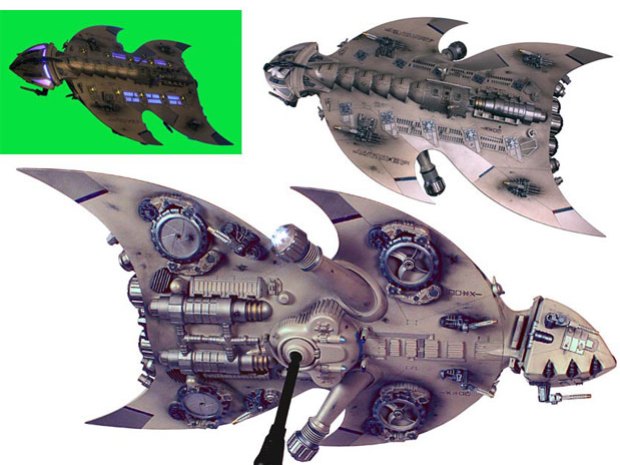I decided the best way to make a cost effective alien spacecraft would be to appropriate parts and shapes instead of sculpting or 3D printing them. I used recycled materials and some creativity.
First, determine the overall look of your spacecraft so you can envision the end product when searching for objects you can use in its construction. The local thrift shops or dollar store are great places to start. I bought many types of toys and other plastic items I envisioned could be used in the construction of my spacecraft. It is amazing how many ways you can repurpose every day items for the construction. I used just sections of toys, PVC & ABS pipe, sprinkler parts, and hardware to give a completely new and original look for my spacecraft.
An intermediate to advanced degree of creative skill and craftsmanship is required to get the quality shown. Here are the basics to get you started, but the design and level of detail is up to you.
And to really get into spirit of this build, you might want to have my alien rifle nearby.



